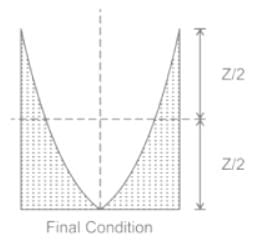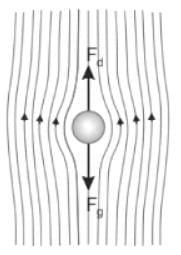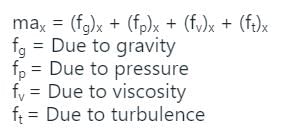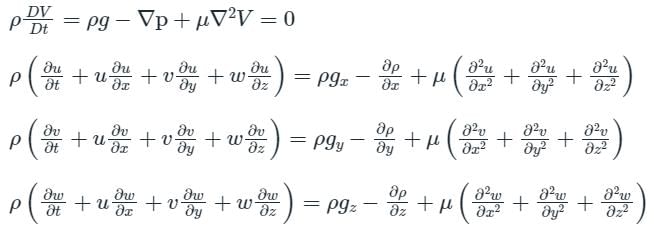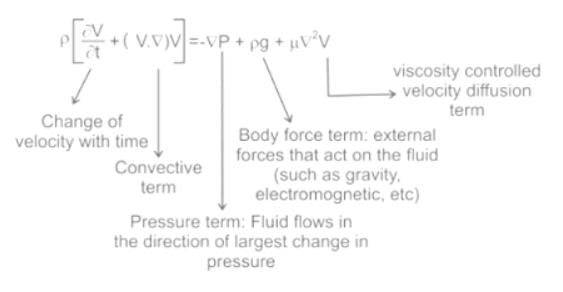Mechanical Engineering Exam > Mechanical Engineering Tests > Test: Euler's Equation - Mechanical Engineering MCQ
Test: Euler's Equation - Mechanical Engineering MCQ
Test Description
10 Questions MCQ Test - Test: Euler's Equation
Test: Euler's Equation for Mechanical Engineering 2025 is part of Mechanical Engineering preparation. The Test: Euler's Equation questions and answers have been prepared
according to the Mechanical Engineering exam syllabus.The Test: Euler's Equation MCQs are made for Mechanical Engineering 2025 Exam.
Find important definitions, questions, notes, meanings, examples, exercises, MCQs and online tests for Test: Euler's Equation below.
Solutions of Test: Euler's Equation questions in English are available as part of our course for Mechanical Engineering & Test: Euler's Equation solutions in
Hindi for Mechanical Engineering course.
Download more important topics, notes, lectures and mock test series for Mechanical Engineering Exam by signing up for free. Attempt Test: Euler's Equation | 10 questions in 30 minutes | Mock test for Mechanical Engineering preparation | Free important questions MCQ to study for Mechanical Engineering Exam | Download free PDF with solutions
Test: Euler's Equation - Question 1
In fluid kinematics, the approach of the Lagrangian method for analysis is:
Detailed Solution for Test: Euler's Equation - Question 1
Detailed Solution for Test: Euler's Equation - Question 2
Test: Euler's Equation - Question 3
The Euler’s equation for steady flow of an ideal fluid along a stream line is based on Newton’s
Detailed Solution for Test: Euler's Equation - Question 3
Test: Euler's Equation - Question 4
Which equation is derived by considering the motion of a fluid element along a stream line?
Detailed Solution for Test: Euler's Equation - Question 4
Test: Euler's Equation - Question 5
A right circular cylinder, open at the top is filled with a liquid of relative density 1.2. It is rotated about its vertical axis at such a speed that half the liquid spills out. The pressure at the centre of the bottom will be
Detailed Solution for Test: Euler's Equation - Question 5
Test: Euler's Equation - Question 6
Euler’s equation in the differential form for the motion of liquids is given by
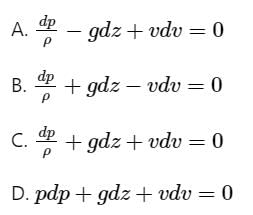
Detailed Solution for Test: Euler's Equation - Question 6
Detailed Solution for Test: Euler's Equation - Question 7
Test: Euler's Equation - Question 8
Which one of the following equation are considered gravity and pressure force only?
Detailed Solution for Test: Euler's Equation - Question 8
Detailed Solution for Test: Euler's Equation - Question 9
Detailed Solution for Test: Euler's Equation - Question 10
Information about Test: Euler's Equation Page
In this test you can find the Exam questions for Test: Euler's Equation solved & explained in the simplest way possible.
Besides giving Questions and answers for Test: Euler's Equation, EduRev gives you an ample number of Online tests for practice
Download as PDF






